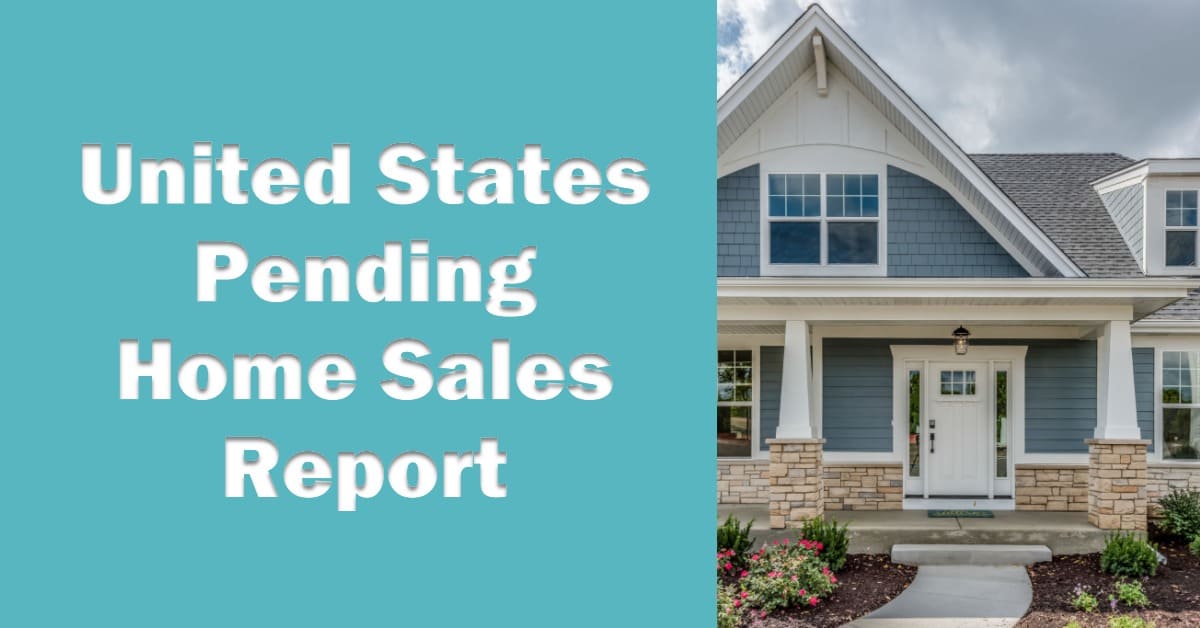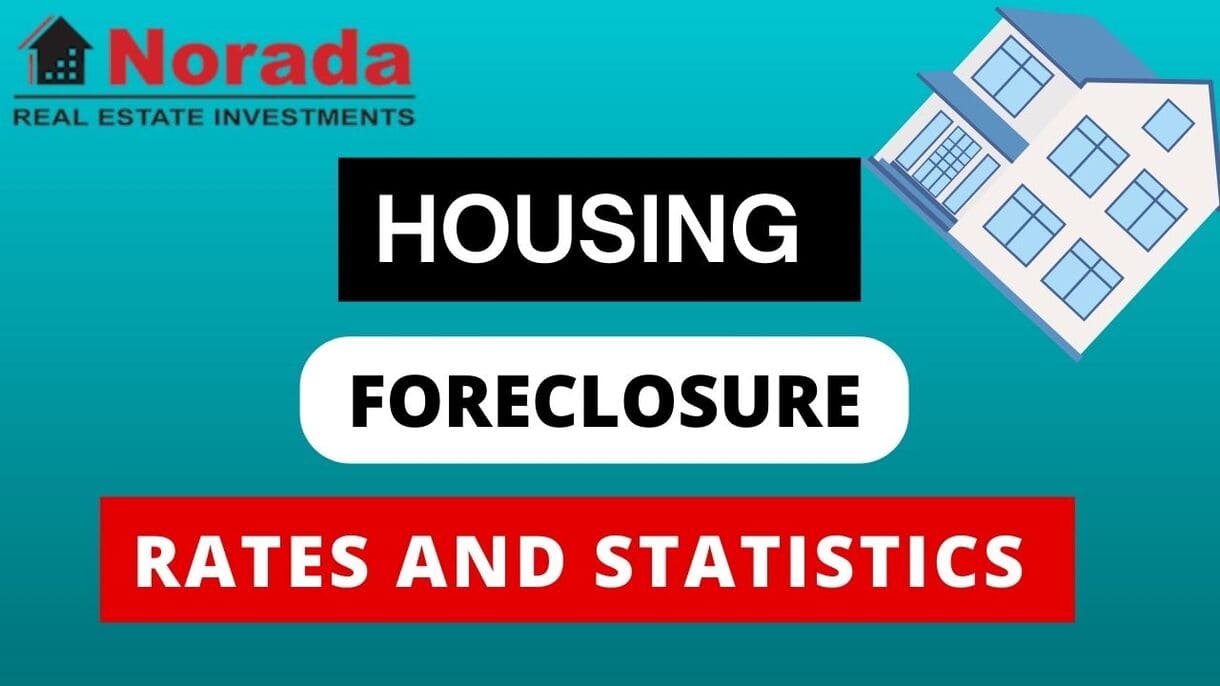Ever wondered what those “pending” signs really mean when you see them popping up in your neighborhood? It’s more than just a house about to be sold, pending home sales are a crucial economic indicator that can tell us a lot about the direction of the housing market.
In simple terms, a pending home sale is when a buyer and seller have agreed on the price and signed a contract, but the final sale hasn't gone through yet. It’s basically a glimpse into the near future of real estate, and lately, that future has shown some interesting shifts.
Now, if you're anything like me, numbers and indexes can sometimes feel like a foreign language. But don’t worry, I’ll break it down in a way that makes sense. I've spent years watching these trends, both as someone who loves following the market and, well, as someone who has moved a few times too many.
Despite a recent dip of 6.3% in pending home sales in April, the market's future hinges significantly on mortgage rates and regional dynamics, suggesting a nuanced picture for the coming years. Let's dive deeper into what's happening and what we might expect.
Pending Home Sales: Trends and Forecast 2025-2026
The Latest Snapshot: April 2025's Dip
The most recent data, released in May 2025, shows a notable decrease. Pending home sales in April fell by 6.3%, bringing the PHSI down to 71.3. To put that into perspective, an index of 100 represents the level of contract activity back in 2001. This decline isn't just a small blip; it signals a broader cooling in buyer activity across all four major U.S. regions when compared to the previous month.
Here’s a quick look at the regional breakdown of month-over-month changes:
- Northeast: Decreased by 0.6% to 62.1
- Midwest: Decreased by 5.0% to 73.5
- South: Decreased by 7.7% to 85.9
- West: Decreased by a significant 8.9% to 53.3
Looking at the year-over-year figures, the picture is a bit more mixed. While the Midwest saw an increase of 2.2% in contract signings compared to April 2024, the Northeast (-3.0%), South (-3.0%), and particularly the West (-6.5%) experienced declines. This regional variation is a key aspect to keep an eye on.
Why the Recent Downturn? The Mortgage Rate Factor
In my opinion, and echoing the sentiment of NAR Chief Economist Lawrence Yun, the primary culprit behind this recent slowdown is quite clear: mortgage rates. As Yun rightly pointed out, even with an increase in the number of homes available for sale (housing inventory reaching five-year highs in many areas), buyers are hesitant to jump in. Higher borrowing costs directly impact affordability, squeezing potential homeowners out of the market or causing them to put their plans on hold.
Think about it – a higher mortgage rate not only increases your monthly payment but also affects how much house you can realistically afford. For many, especially first-time buyers, these increases can be a significant barrier to entry.
Looking Ahead: Forecast for 2025-2026
So, what does this mean for Pending Home Sales: Trends and Forecast 2025-2026? While predicting the future with absolute certainty is impossible, we can analyze the current trends and potential influencing factors to make some informed projections.
Factors That Will Shape the Market:
- Mortgage Rates: This will undoubtedly remain the biggest driver. If we see a sustained decrease in mortgage rates, we can expect to see a corresponding uptick in buyer demand and, subsequently, pending home sales. Conversely, if rates remain high or climb further, the market will likely continue to face headwinds.
- Housing Inventory: The fact that inventory levels are rising is a positive sign for buyers. More choices can lead to less intense bidding wars and potentially more room for negotiation on price. However, this increased inventory needs to be met with buyer demand to translate into actual sales.
- Economic Conditions: The overall health of the economy, including job growth, inflation, and consumer confidence, plays a crucial role. A strong economy typically supports a healthy housing market, while economic uncertainty can lead to hesitancy among both buyers and sellers.
- Regional Differences: As we've already seen in the April data, different regions are experiencing varying market dynamics. Factors like local job markets, cost of living, and population shifts will continue to influence regional housing trends. The Midwest, for example, is currently looking more attractive to buyers due to its relatively lower home prices.
My Expectations for 2025:
Given the current situation, I anticipate a somewhat moderate pace for the remainder of 2025. The initial enthusiasm we might typically see in the spring buying season appears to be tempered by the prevailing mortgage rate environment. I wouldn't be surprised to see continued regional variations, with more affordable markets potentially showing more resilience. The increased inventory could prevent significant price drops in most areas, but it also means sellers might need to be more realistic in their pricing expectations.
Potential Scenarios for 2026:
Looking further into 2026, several scenarios could play out:
- Scenario 1: Gradual Rate Reduction: If the Federal Reserve begins to lower interest rates in response to easing inflation, we could see a gradual decrease in mortgage rates. This would likely stimulate buyer demand, leading to an increase in pending home sales.
- Scenario 2: Sticking with Higher Rates: If inflation proves to be more persistent and interest rates remain elevated, the housing market could continue to experience a slowdown. Affordability challenges would persist, and sales volume might remain subdued.
- Scenario 3: Economic Uncertainty: An unexpected economic downturn or a significant rise in unemployment could further dampen buyer confidence and put downward pressure on the housing market, regardless of mortgage rate movements.
Why the Midwest Stands Out
The data clearly highlights the Midwest as a region with relative strength. The year-over-year increase in pending home sales, coupled with the significantly lower median home price ($313,000, 25% below the national median), makes it an attractive option for buyers seeking affordability. This suggests that in the coming years, we might see continued interest in this region, potentially leading to more stable or even increasing home sales activity compared to other parts of the country.
The Bottom Line
The recent dip in pending home sales underscores the significant impact of mortgage rates on the housing market. As we look towards Pending Home Sales: Trends and Forecast 2025-2026, the trajectory will heavily depend on how these rates evolve, along with broader economic conditions and regional nuances. While the increased housing inventory offers some positives for buyers, the affordability challenge remains a key hurdle. Staying informed, understanding local market dynamics, and working with experienced real estate professionals will be essential for navigating the market successfully in the coming years.
Pending Home Sales Trends for the Last 12-Months
The table shows data from regarding pending home sales in four regions of the United States – Northeast, Midwest, South, and West. The data reveals interesting trends in pending home sales across the regions. The National Association of Realtors (NAR) publishes monthly data on pending home sales, which is seasonally adjusted and presented in the form of a seasonally adjusted annual rate (SAAR) in thousands.
Here is the tabular data of pending home sales from January 2024 to January 2025. The units displayed are in thousands and are the seasonally adjusted annual rate.
The Pending Home Sales Index Explained
The Pending Home Sales Index is a leading indicator for the housing sector, based on pending sales of existing homes. A sale is listed as pending when the contract has been signed but the transaction has not closed, though the sale usually is finalized within one or two months of signing. Pending contracts are good early indicators of upcoming sales closings. However, the amount of time between pending contracts and completed sales is not identical for all home sales.
Variations in the length of the process from pending contract to closed sale can be caused by issues such as buyer difficulties with obtaining mortgage financing, home inspection problems, or appraisal issues. According to the National Association of REALTORS®, the index is based on a sample that covers about 40% of multiple listing service data each month.
In developing the model for the index, it was demonstrated that the level of monthly sales-contract activity parallels the level of closed existing-home sales in the following two months. An index of 100 equals the average level of contract activity during 2001, which was the first year to be examined. By coincidence, the volume of existing home sales in 2001 fell within the range of 5.0 to 5.5 million, which is considered normal for the current U.S. population.
Recommended Read:





